Make quick work of the morning meal with these easy baby-led weaning breakfasts. Each is easy for a baby 6 months and older to eat, has a range of nutrients, and is quick for you to prepare.

Baby-Led Weaning Breakfast
Once a baby is around 6 months old and has started solids, incorporating easy breakfast options can be a great way to start the day—both as a ritual to share and as a way to start the day at the table together.
These ideas here are shown in the baby-led weaning style of feeding kids, where the child is offered foods they can easily pick up and feed themselves from a young age.
Each is soft and easy to suck on and gum, and is shown prepared in ways that are safe for baby to self-feed.
Plus, when you incorporate SpoonfulONE products into these recipes, you’re providing gentle exposure to 16 different foods to help stop a food allergy before it starts.
This post is sponsored by SpoonfulONE.
Baby Breakfast Ideas
Breakfast can be one of the hardest times of the day, especially if you’ve been up in the night with the kids and just want a hot cup of coffee. So I tried to make these ideas either easy—as in, you can make them in minutes—or make them the day or night before and stash them in the fridge.
The beauty of these meals is that they’re great 6 month old breakfast ideas that can be enjoyed by older babies, toddlers, and adults, too, so you can make sure everyone in the family is fed at once.
Meet SpoonfulONE
I learned about SpoonfulONE the year my youngest kiddo was starting solids, and it was such a simple way to help me introduce common food allergens early and often—which multiple studies have shown can decrease food allergy risk.
(Food allergy rates have doubled over the past 10 years, so this is really important.)
Each of their products contains a small amount of the 16 food proteins associated with more than 90% of food allergies. The list includes peanuts, milk, shrimp, almonds, cashews, hazelnuts, pecans, pistachios, walnuts, egg, cod, salmon, oats, wheat, soy, and sesame. SpoonfulONE is a super simple way to include these foods into our kids’ diets regularly…especially if you don’t use these foods in your usual cooking.
SpoonfulONE products are science-based nutrition that work in the tummy by helping to introduce common food allergens early during the immune system’s development. The precisely portioned amount of proteins (30mg) in each serving is large enough to safely increase the production of IgG4 (good, protective antibodies).
Their products include Mix-Ins, which can be added to formula or breastmilk in a bottle or any baby food puree; Puffs; and Oat Crackers so you can use them through toddlerhood. (My kids love the vanilla flavor!)
Plus, they’re recommended by more than 3,000 pediatricians!

Sweet Potato Yogurt
Mixing a fruit or vegetable puree—like Roasted Sweet Potato—is a really easy and yummy way to flavor yogurt. Use whole milk yogurt for the fats babies and toddler need, then swirl in some of the puree. A small spoon helps baby feed themselves, or you could put it into a reusable pouch.
This is a great option to sprinkle on a packet of the SpoonfulONE Mix-In.

Avocado Toast with Orange Slices
A lightly toasted piece of bread cut into sticks—aim for them to roughly be the thickness of two fingers or wider so they’re easy to hold—with mashed avocado is an easy baby breakfast for 6 months and up. Baby can enjoy all of the yummy avocado off of the toast without it being as slippery as straight avocado.
Pair with a slice of orange as shown so baby can suck on the fresh juices with ease.

Cottage Cheese with Hemp Seeds and Pear
Cottage cheese is packed with protein and is thick, so it can be eaten by baby with a short spoon or their fingers. I like to sprinkle on some hemp seeds for added healthy fats and pair with fruit like the thick slices of ripe pear shown here.
You could sprinkle a little cinnamon onto the cottage cheese if you prefer, too.

Spinach Pancakes with Watermelon Sticks
Super tender and very nutritious, these baby pancakes are awesome for baby-led weaning since they are so easy to eat. You can serve them plain as shown, or add a thin layer of applesauce or apple butter. Pair with fruit, such as the watermelon sticks shown here.

SpoonfulONE Puffs and Smoothie
I tried to introduce smoothies early to my kids so we had the easy option in the mix—and so I could share a food I was making for myself with them. I love to offer smoothies to a baby in a reusable pouch and am partial to simple combinations such as mango and yogurt, or a Green Smoothie.
Pair with SpoonfulONE puffs for a mix of textures and safe exposure to common food allergens.

Baby Omelet and BLW Banana
Eggs are a great food for baby since they are soft when cooked and a great source of both protein and fats. You can add a little bit of chopped spinach or cheese, or keep the omelet plain to start.
Offer it as shown here for baby to self-feed or cut into strips (which may lessen potential food waste a little since you could more easily save leftovers).
Frequently Asked Questions
You can give them simple foods that are soft and easy to pick up including toast sticks, baby omelet, moist pancakes, yogurt in a reusable pouch, smoothies, roasted vegetables, ripe fruits, baby oatmeal, and more.
All of the ideas shown here can work for 9-month-old babies, too, though usually kids that age are able to pick up small pieces of food so you can dice the foods up.
Food allergies have more than doubled from 1999 to 2018, affecting about 8% of U.S. kids. The latest USDA guidelines recommend introducing potential food allergens (such as peanut, egg, and shellfish) as soon as we start solids, around 4-6 months of age, since early and regular introduction has been found to lower the potential for developing a food allergy.
If you have an infant who’s at higher risk of a peanut allergy—if they’ve had eczema or there’s a family history of food allergies—the recommendation from the National Institute of Allergy and Infectious Disease is to introduce it between 4-6 months, as research has found that can reduce the risk of developing a peanut allergy. Always check with your pediatrician for specific guidance. (Not all food allergies are preventable, but early introduction can help reduce the risk.)
Best Tips for Success
- Introduce potential food allergens early and often, consulting with your pediatrician if baby is at an increased risk of an allergy.
- Serve baby-led weaning foods that are soft, easy to pick up, and about the size of your finger (or two fingers).
- Offer 1-2 (or more) food groups with various textures at each meal so baby has a chance to try different foods.
- Consider including purees offered on preloaded spoons.
- Follow baby’s lead and end the meal when they start to fuss, turn their head away, or otherwise signal they are done the meal. There is no perfect portion size or amount a baby needs to eat, and intake may vary a lot from day to day and week to week.
Related Recipes
I’d love to hear your feedback on this post, so please comment below to share!
Welcome to ParentingBlog. Here you will find information about pregnancy, parenting, baby tips, nutrition, health and more. We have tons of videos, articles, tips, and advice. All found in one place! Enjoy!
Shop our online store for the best deals in beauty, health, and more. SHOP NOW.


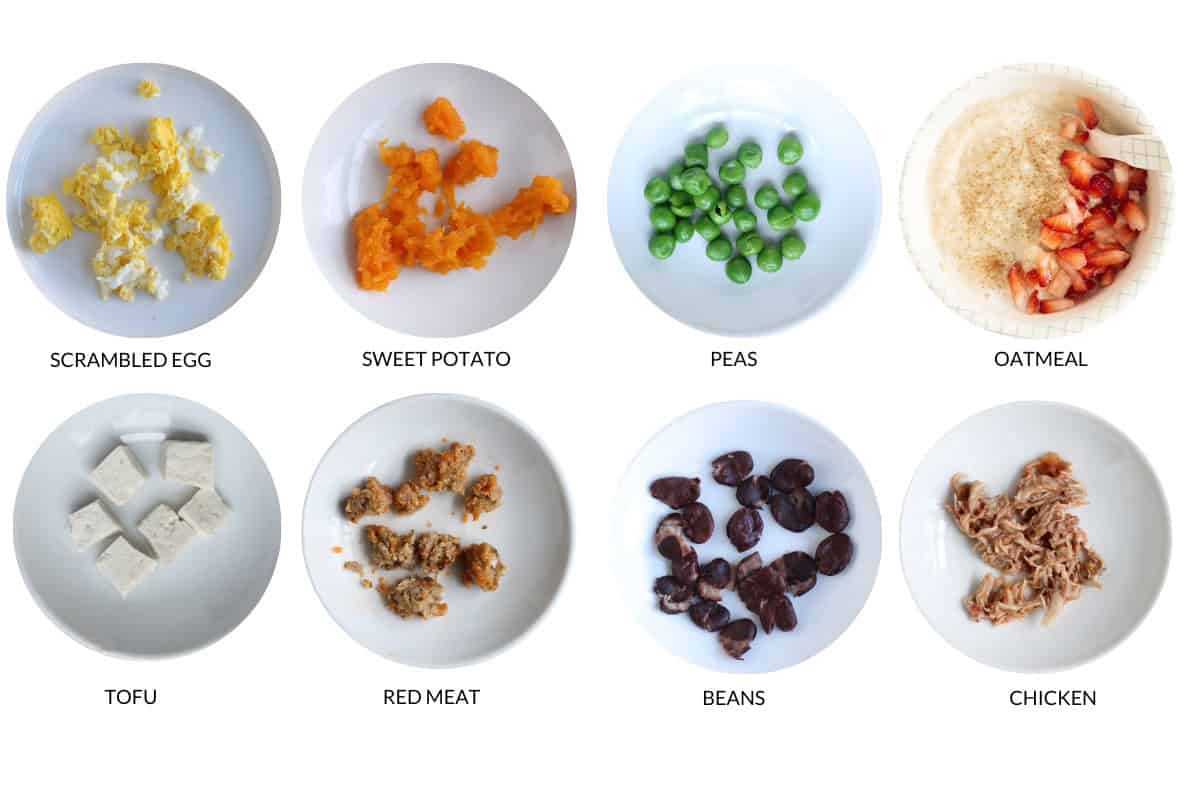
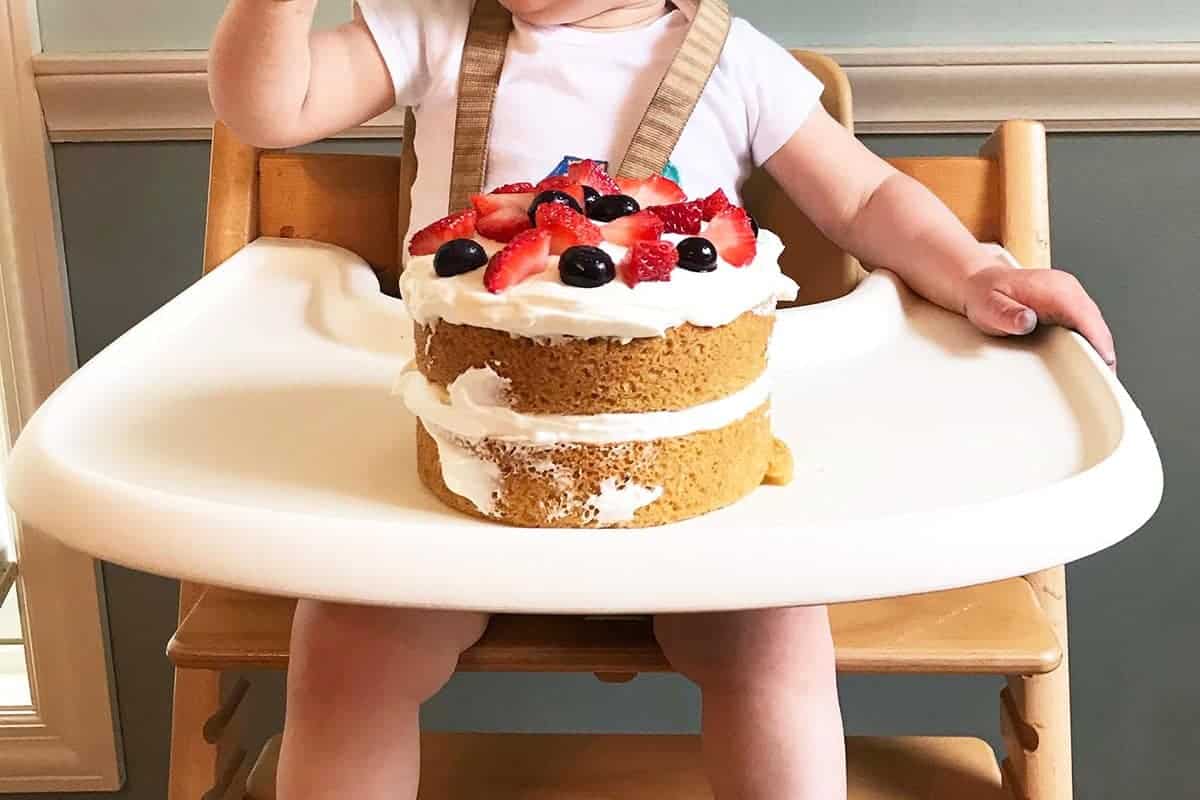
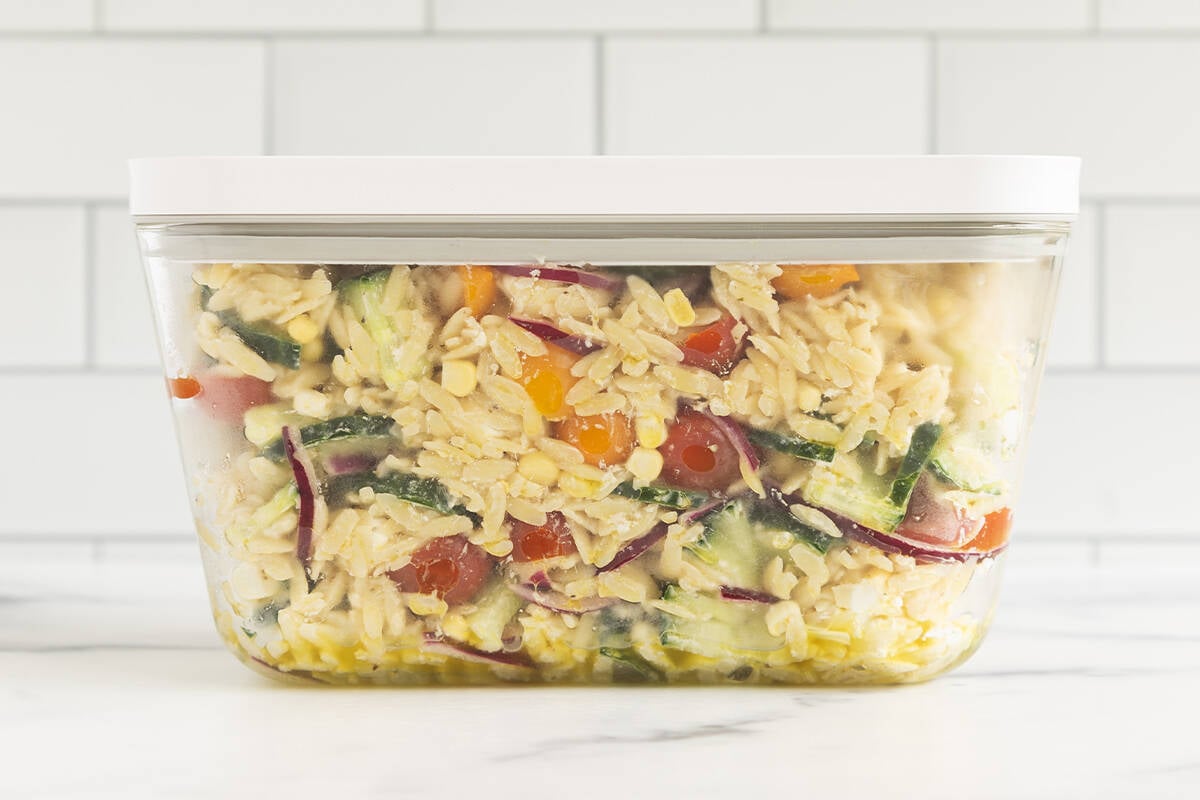

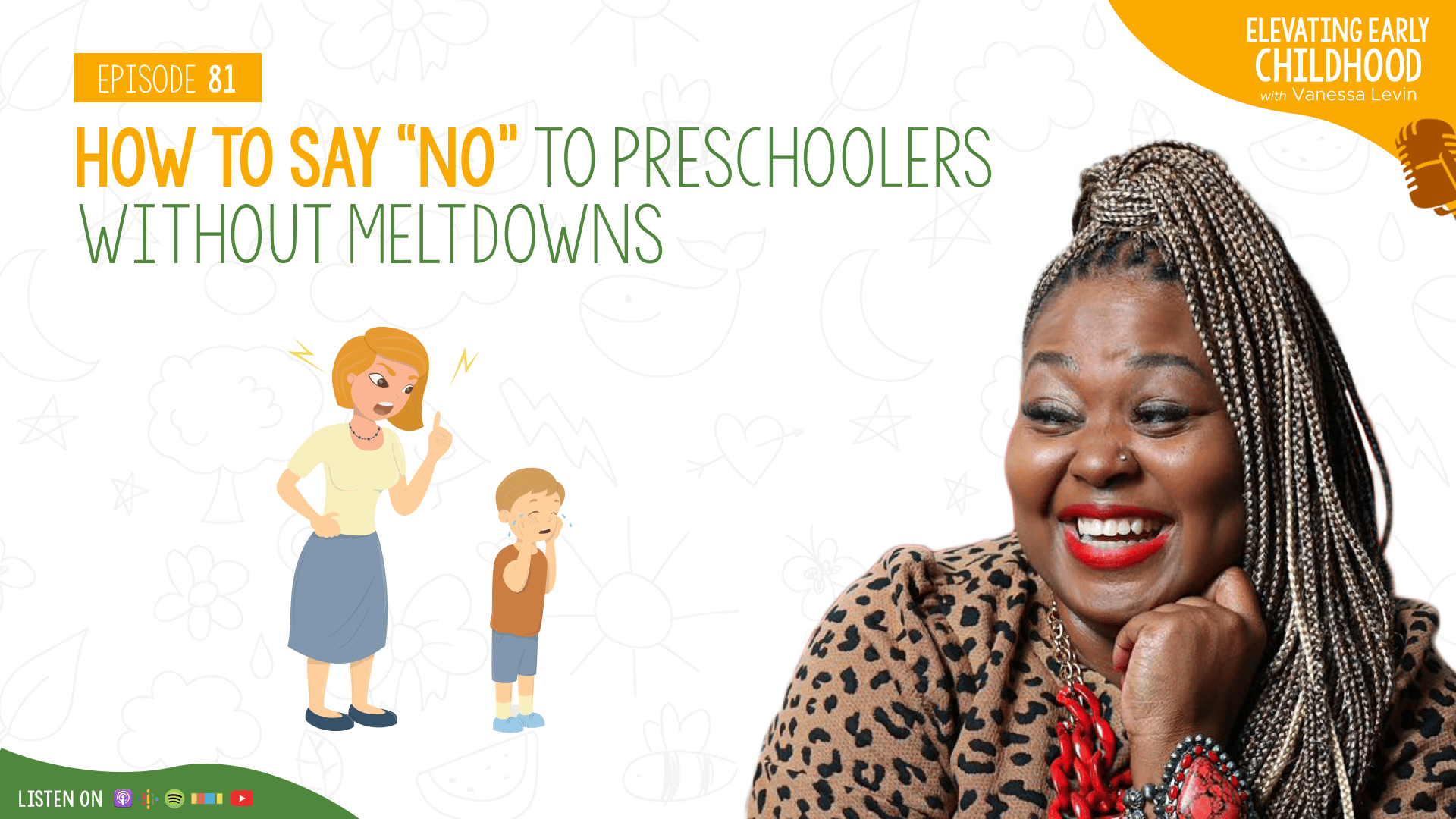
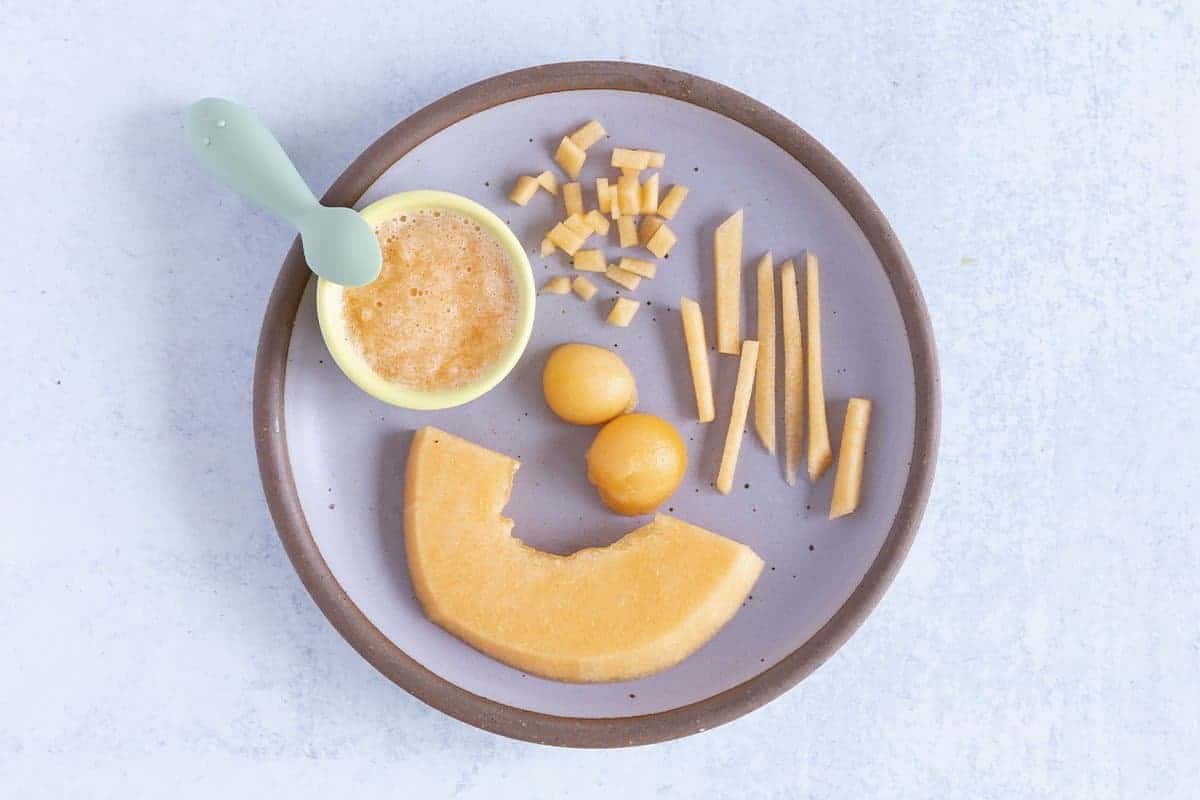


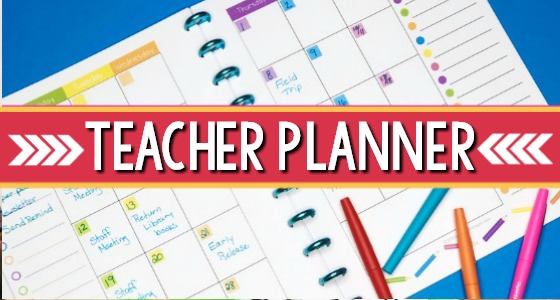







Add comment